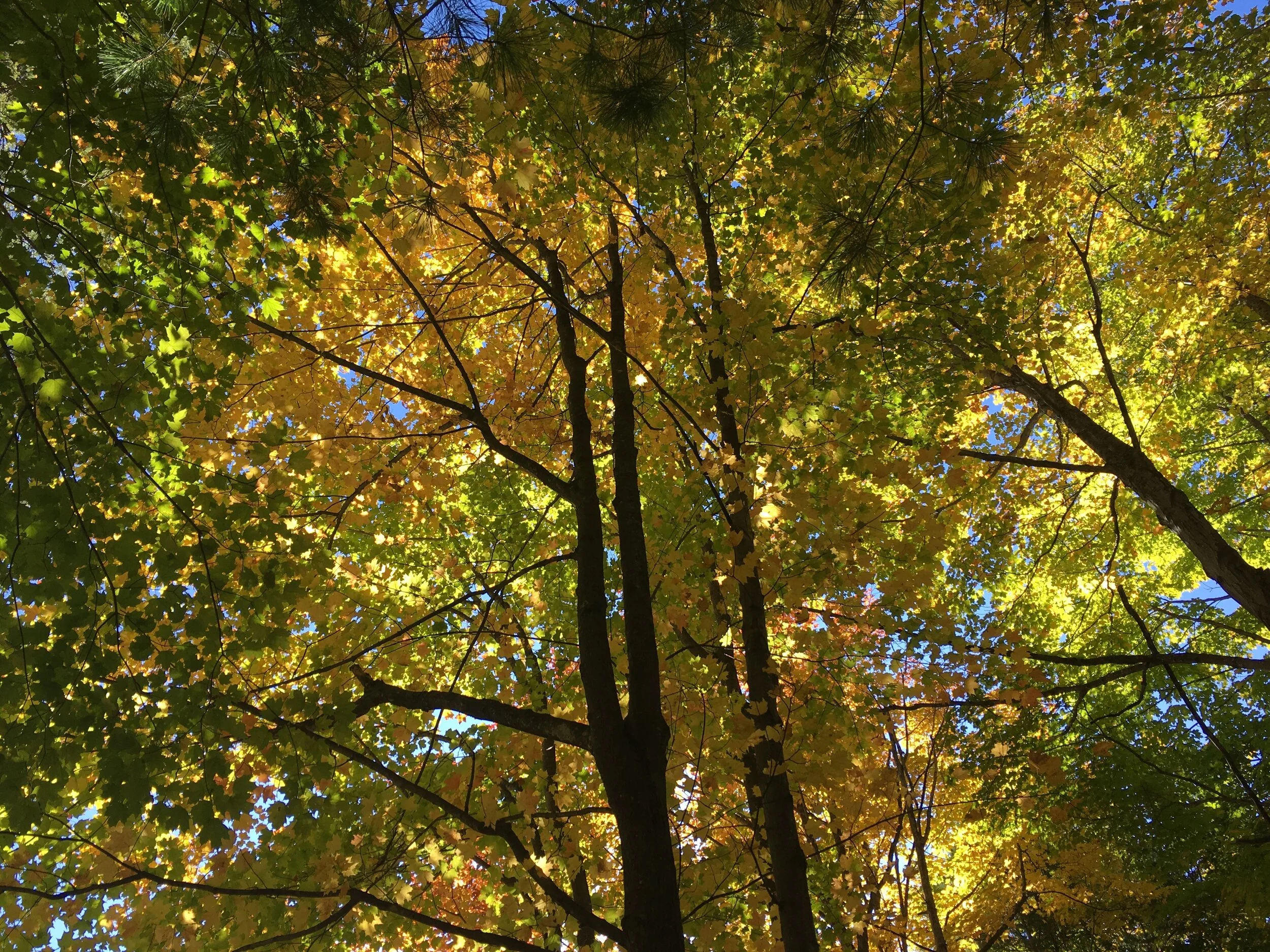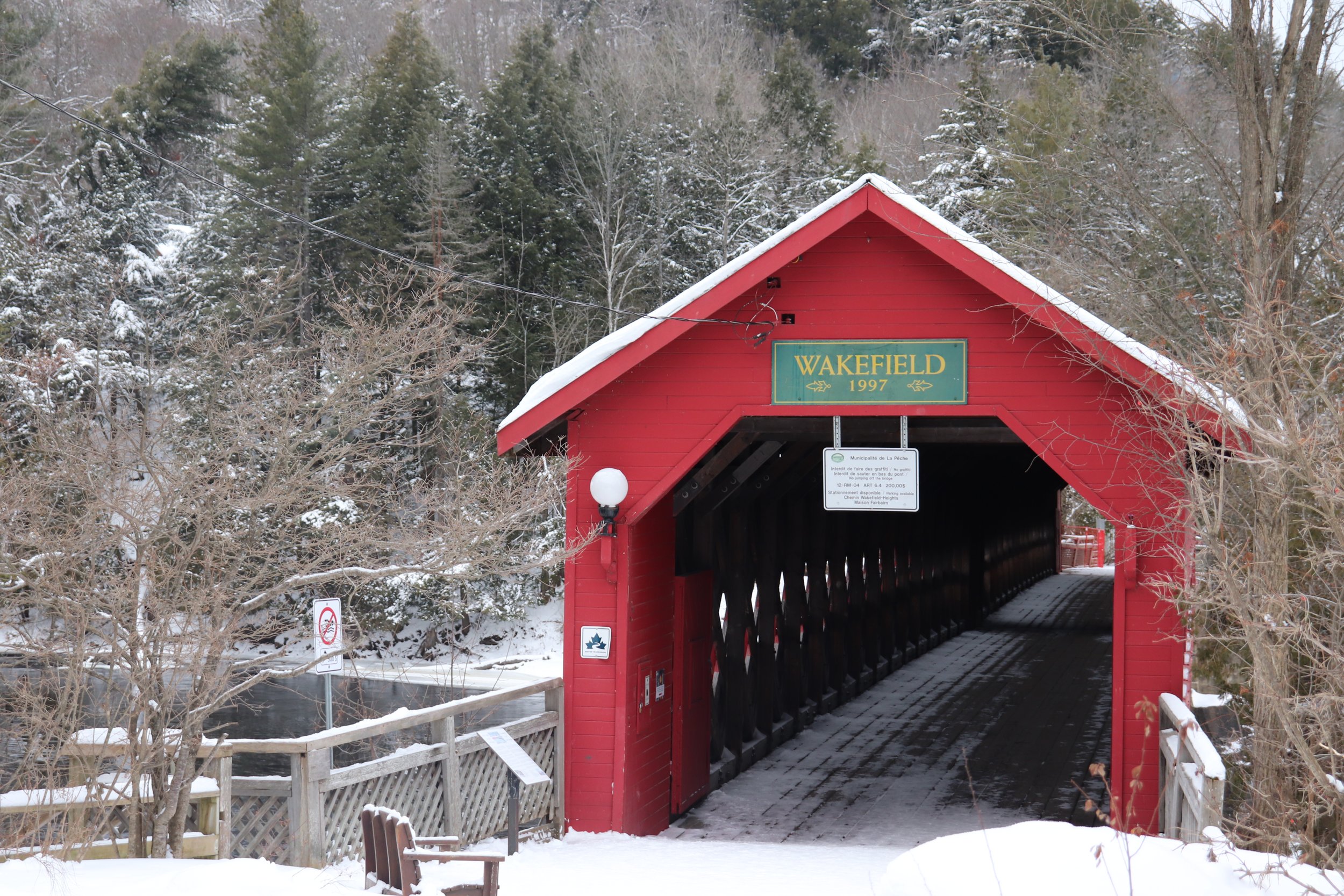Did you know that out of 638 First Nations in Canada 153 have opted out of 44 sections of the Indian Act that are related to land management? These First Nations are directly managing their reserve lands and Odonaterra has assisted First Nations in the entry (application), developmental, ratification, and operational phases of the process.
First Nation self-governance over reserve lands is possible under the Framework Agreement on First Nations Land Management which was the result of the initiative of 14 First Nation Chiefs who advocated for this in the early 1990s. In 1996, these 14 First Nations signed the historic government-to-government Framework Agreement which also facilitated the creation of a federal law in 1999 allowing other interested First Nations to sign their own agreements with the Government of Canada (LABRC: Framework Agreement).
Regular amendments to the Framework Agreement have led to more First Nations signing on as opportunities to strengthen autonomy over their reserve land, natural resources, and environment become more attainable and since 2018 more than 50 First Nations have started the process to become signatories.
Becoming operational under the Framework Agreement
To become operational under the Framework Agreement and reassert self-governance over certain land management processes, a First Nation must complete 4 phases:
Entry: the First Nation becomes a signatory to the Framework Agreement.
Developmental: the First Nation develops their Land Code and establishes an Individual Agreement with the Government of Canada.
Ratification: the First Nation approves the Individual Agreement and Land Code through a community vote.
Operational: the First Nation transitions to Land Code implementation (LABRC: Developmental and Transitional Process).
The Framework Agreement and a ratified Land Code empower First Nations to develop their own land laws to enable cultural and economic development opportunities while supporting decolonization. As noted in section 18.1 of the Framework Agreement:
The council of a First Nation with a land code in force will have the power to make laws, in accordance with its land code, respecting the development, conservation, protection, management, use and possession of First Nation land and interests or land rights and licences in relation to that land. This includes laws on any matter necessary or ancillary to the making of laws in relation to First Nation land.
The resulting policy and legislation could include:
Environmental / impact assessment laws
Environmental protection laws
Natural resource management laws (forestry, soil, etc.)
Land use plans and zoning laws
Development laws
Waste management laws
Traffic laws
Enforcement laws
The Lands Advisory Board and Resource Centre (LABRC) was created to assist First Nations through all stages of the process and offers courses, templates, examples, and services to help communities become signatories and develop their land codes and land laws.
Odonaterra has worked alongside First Nations and the LABRC to in prepare applications for adhesion to the Framework Agreement, hold community consultation meetings, facilitate development of land advisory committees, prepare and update eligible voter lists to support ratification votes, and facilitate studies that are a part of creating a Land Code. We have also supported our client communities once they are operational in preparing land laws and plans they have chosen to manage their reserve land and resources. These have included community-led land use plans, environmental impact assessment laws, environmental management plans, and traffic laws.
Odonaterra works collaboratively with First Nation communities to develop decolonized and Indigenized land policies, laws, and procedures as part of the journey towards self-governance and reconciliation. If your community is seeking support or guidance through the First Nation land management process, or with developing supporting laws and plans, connect with us! We would love to talk about how we can work together.











